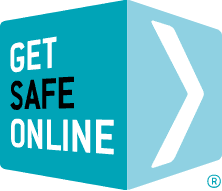The risks
- Contravening software copyright, by
- Running software on more computers than you have licences for.
- Running unauthorised (pirated) copies of software.
- Running versions of software (such as that sold for home or educational use) for business purposes.
- Loading spurious software which introduces malware to your computers, mobile devices and network.
- Loading software which causes technical issues to your computer(s) such as slow running or incompatibility with the operating system or other applications.
- Downloading large applications which use excessive bandwidth, resulting in slow internet or network traffic.
- Using untested or not fit-for-purpose software which could affect the integrity of your business processes (for example, a faulty calculation engine delivering incorrect figures on spreadsheets).
- Employees downloading and using file sharing software.
- Malware being downloaded on to mobile devices in the form of rogue apps.
Safe use of software
- Impose strict rules about the acquisition, loading, management, updating and use of software – including apps for mobile devices.
- Always use licensed software and ensure you have the correct number of licences (also known as ‘seats’) for the computers on which it is loaded, reviewing regularly if the business is growing.
- Consider investing in scalable software that will continue to cope with the growing demands of the business.
- Use the correct version of the software (for example the business or enterprise version).
- When using anything but off-the-shelf software (for example developed in-house or custom-developed by a third party), ensure it is stringently tested for functionality and the presence of malware.
- Always download the latest software updates when prompted to do so. Updates are normally as much about security as functionality.
- Perform regular capacity testing on your storage, network and internet connections.
- Consider using software as a service (SaaS) to facilitate management and correct usage including licensing, deployment and updates/patching. Ensure that your internet security software and firewalls are up to date and activated.

